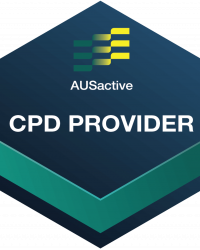Mat Repertoire
Spinal Mobility:
Seated Spine Stretch
Alternate Names
Spine Stretch Forward
Derived From
Classical Mat Work: The Spine Stretch
Primary Element
Mobility
Why for Primary?
To create and develop spinal extensor mobility and flexibility flexing the torso forwards.
Secondary Element
Stability
Why for Secondary?
To develop abdominal stability to keep the pelvis stable throughout the exercise and to create support for the spine during the movement.
Tertiary Element
N/A
Why Tertiary?
N/A
Repetitions
6-10
Plane of Motion
Sagittal
Targeted Muscles
The abdominals including the internal and external obliques on the rotation of the ribcage and thoracic spine and the deeper layer of transversus abdominis to assist in pelvis stability.
The spinal extensors such as the erector spinae which include the longissimus, iliocostalis, and spinalis muscles.
Warnings
Not suitable for some spine or shoulder issues, where rotation is contraindicated or where the client is unable to work in a pain free range of motion.
Execution
Sit on the Mat with the legs extended in a V-position. Reach the arms forward in line with the shoulders with the palms facing inward. Aim to start with the pelvis in a neutral position and the shoulders straight.
Exhale and flex the spine forward and create a C curve in the spine, keeping the arms lifted in line with the shoulders. Inhale to engage abdominals and roll the spine back up to the starting position.
Observations
Do a body scan of the client taking note of the following points
- Pelvis
- Can the client keep the pelvis still and in neutral still the entire time tucking the pelvis under and leaning back, or tilting the pelvis forward?
- Legs
- Can the client keep the legs still throughout?
- Allow the client to bend their knees, or sit on the end of the Mat rolled up or a yoga block to assist in keeping their pelvis neutral, particularly if they are biasing a posterior tilt or have tight hamstrings.
- Feet
- Are the feet flexed and anchored to the floor?
Learning Style Technique Cues
Auditory – word associations that connect mind and body
- Maintain shoulder and neck alignment and aim to keep the shoulders relaxed
- Say the client’s name when you’re about to interact with them
Visual
- Imagine a C curve in your spine, draw the navel to the spine whilst flexing forward
- Imagine curling up and over a fit ball and avoid sinking the spine
- You may demonstrate a part of the movement as a visual representation for the client to see
Kinaesthetic
- Adjust the leg position by bending the knees or propping up onto the Mat folded over or a yoga block in order to feel the stretch in the lumbar spine not primarily the hamstrings
- Connect to the anchor point of the abdominals drawing in before the spine re-stacks
Modifications and Variations
Regress the exercise by
- Reducing repetitions and/or pace
- Leaving the hands in contact with the legs and sliding the hands down the legs is another way to regress the exercise as opposed to maintaining the arms in a lifted position
- Reducing the range of motion so the client can focus on pelvis stability, holding their position and flexing the spine
- Working on Warm Down: Roll Down
Progress the exercise by
- Progress the exercise by adding pace or varying the arm positions such as arms reaching towards the ceiling or at a 45 degree angle, or holding a prop such as a Pilates ring or Magic Circle
- The exercise can also be progressed by adding thoracic extension on the inhale once the torso is flexed forward
- Working towards Wunda Chair Spinal Mobility: Seated Spine Stretch
Series and Transitions
This exercise is part of the Spinal Mobility series which includes a range of other exercises in the fundamental and progressive repertoire. The Spinal Mobility series can also be found in the Reformer, Wunda Chair and Cadillac repertoire.
Inspired Academy follows the below order to focus on stability, before adding mobility and strength.
Fundamental repertoire

